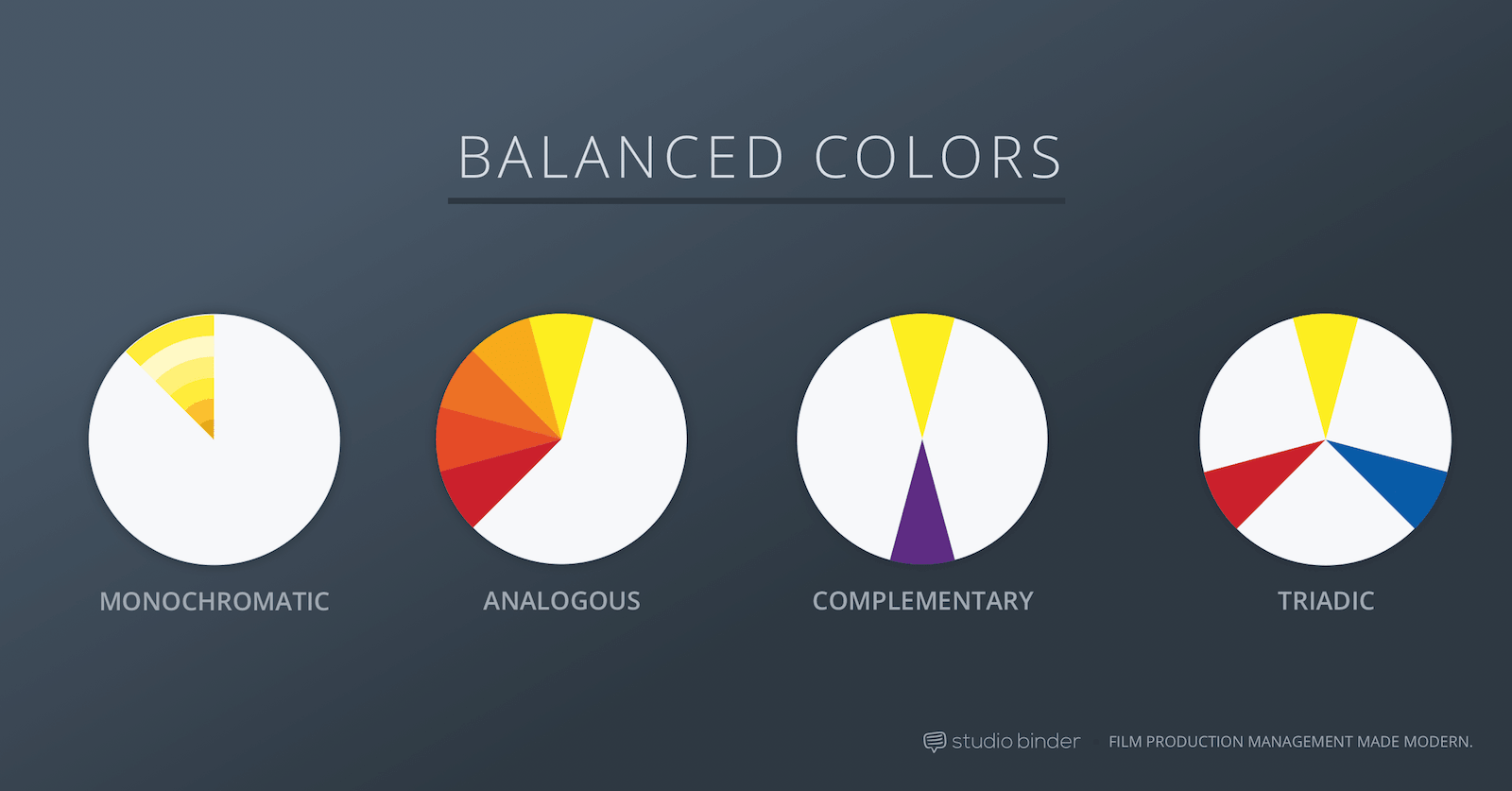Looking to make a splash in the entertainment industry but aren’t sure where to start? Seasoned digital video editors are able to make a good living, but it takes time to gain the experience to reach the upper echelon of recognized editors.
More...
As a video editor, it’s your job to take the raw footage and splice it together to create a cohesive film that incorporates the tone and style of the director and writer.
It’s the final step in the filmmaking process, and as such requires a lot of talent and responsibility.
Whether you’re looking to get your feet wet in the industry or are curious about video editor salaries, here’s a look at average income and editing techniques.
Average Hourly Rates for a Video Editor

If you’re wondering how much a video editor makes, it varies from person to person.
In fact, a film and video editor’s salary depends on where they’re located, how long they’ve been working and how big a particular project is.
According to the Bureau of Labor Statistics, film and video editors in the U.S. make an average of $40 an hour.
Less experienced film and video editors can expect incomes ranging from $35,000 to $40,000 a year, while more seasoned editors can make upwards of $80,000.
Of course, this is a relative number; hourly rates for freelance video editors often fluctuate, with rates ranging anywhere from as low as $14 an hour up to $80, depending on skill level.
In fact, a video editor’s hourly rate can go from $20 an hour on one project to $40 on another — it all depends on the client and the type of work required.
Film and Video Editor Salaries: Which State Are Best?

Naturally, video editors in California tend to make more money than in other states, with an average video editor’s salary nearing $60,000 a year.
New York Isn’t far behind, with most video editing jobs netting an average of $50,000 a year.
Alternatively, more rural states have been found to pay much less. In fact, Glassdoor states that the average video editor salary in Kansas is roughly $30,000, which is half of what a video editor would make in California.
As with most video editing jobs, location is key.
Another thing to keep in mind when it comes to how much a video editor makes is the type of work they’re doing.
Video editor salaries in the private sector almost always pay more, which means it might be easier to make more money working for a private company opposed to getting a government or contract gig.
Of course, when it comes down to it, a video editor’s salary really rests on their particular experience and skill level.
Working more helps you gain experience, which in turn gives you a leg up when reaching out for future jobs.
Job Responsibilities: What Does a Video Editor Do?

At the most basic level, a video editor’s job is to tell a story. Combining various clips and audio together to create a cohesive vision is the goal.
Much like engineers, film and video editors are accustomed to wearing multiple hats and often find themselves scrutinizing over a project to make sure there are no errors or inconsistencies.
That, in a nutshell, is a video editor’s job description.
As the final pair of eyes on a project before production, a video editor’s job description can vary from working with the director to helping to rewrite scripts to even editing storyboards.
Essentially, anything relating to production can and possibly may be part of your job. Don’t worry — the hourly rate of a video editor tends to increase given more experience.
More recently, digital video editors have also been tasked with developing short- and long-form videos to help promote or share their work, as well as various other one-off tasks.
This is why a video editor’s salary varies so much.
Sounds great, right? Unfortunately, it’s not all peaches and cream.
Most video editors will soon find that there is a lot of back and forth when it comes to their work and their clients.
Approving new changes, altering existing video and rewriting certain parts may seem tedious, but it’s all part of the process, and it’s all part of how you become a video editor.
What's An Average Day Like?

A video editor’s job description is never the same twice.
Sure, picking your own hours, choosing which clients to work with and gaining new perspectives are all enticing prospects, but it can be a daunting job if you’re not prepared, especially because each assignment requires different skills.
A video editor’s salary can also differ based on the amount of incoming work. It’s not uncommon for an editor to find one month with lots of gigs and the next without any.
Being a successful digital video editor means being proactive — if you’re planning on going the freelance route, you’re gonna want to get your name out there.
Remember, time is money. A video editor’s hourly rate is based on the amount of work they’re able to complete in an allocated amount of time.
Most clients want work done as fast as possible, but sometimes you need to let them know expedited assignments can often result in low-quality work.

A film editor’s salary depends on how well they’re able to communicate with their clients, so make an effort to be as open and communicative as possible.
4 Tips to Make More Money as a Video Editor

It’s a cutthroat industry, but if you want to make it as an editor there are a few universal tips to keep in mind.
How much money a video editor makes is directly related to how tech-savvy they are, how good they are at their craft, how they market themselves and how they handle their work.
1. Stay on top of current trends
Like everything else these days, the editing industry is constantly changing.
50 years ago a film and video editor only had to edit simple black-and-white video. Now, everything has been moved to digital.
Smartphones have given rise to the everyday editor, as has social media. How much a video editor makes could depend on how current they are with emerging technology.
If you want to succeed as a video editor, you need to acclimate yourself with the most up-to-date trends.
StudioBinder, a Los Angeles-based production management and software company, keeps a great blog with useful tips and news.
2. Choose your software and become an expert at it
It’s safe to say that there have never been more options when it comes to editing.
Among the more popular video editor programs include Adobe Premiere, Final Cut Pro, and Media Compressor. Whatever software you fancy, own it. Certifications are available for all of these tools.
While most cost a small fee, it’s worth it.
3. Be transparent with price and expectations up front
If you’re working as a freelancer, it’s extremely important to be honest with expectations with your rates up front.
Keep in mind that various edits will likely be required, as well as input from the various stakeholders. The amount of work you’re able to accomplish in a given set of time will help confirm how much you’re able to make as a video editor.
Make sure the client knows what you’re working on…and why.
Have all the technical specs been discussed? Do you know your intended audience? A freelance video editor’s rate depends on knowing what you’re working on, and for how long.
4. Set a deadline and stick to it
Most professional editors create a rough estimate of how long a project will take based on how long the initial shoot was. From there, they have a better idea of how big the project is and how long the editing process may take.
A good rule of thumb is the 10:1 ratio: for every 10 hours of shooting, allocate at least one hour of editing.
A video editor’s salary often depends on deadlines, so it’s important to not over-promise.
Useful Video Editing Accessories
Rule one of film and video editing: have enough room on your computer.
How much a video editor makes is often reliant on the type of equipment they have and how they’re able to use it.
An hour of video can easily take up 40GB of storage, so make sure you cleared some space before you start editing.
Investing in an external drive is recommended. That way, you’ll be able to safely store your various projects in one place while keeping your personal computer clutter-free.
Also, make sure all your video editing accessories (including your cables and various software packages) are universal.
Do your various video editor programs meet your computer’s standards? What about your file formats?
To be on the safe side, it’s usually better to save all your videos under the same file format. If you need to transfer VHS to digital, you’ll need to convert the files first.
Video Editing Jobs: How to Break Into the Industry
While some employers require a bachelor’s degree in film or broadcast, most video editors develop their chops through experience.
Find your software of choice, get certified and become an expert at it. From there, you can add more equipment as you gain more experience.
Additionally, take the time to discuss costs and expectations beforehand, this includes length, time frame and any other requests that are needed.
Finally, create a demo reel for future clients. Aside from word of mouth, the only way to gain new clients is to showcase what you’re capable of.
Use your demo reel to show off your work and to attract potential employers.
Ready to get your name out there and start finding local video editing jobs? Reach out to ProductionBeast today.
Like this post? Share it!
"Video Editing Jobs: How Much Do Video Editors Make?" #indiefilm #filmmaking
Manage your shoots like a pro.
All-in-one photo & video project management has arrived.
CALL SHEETS
SHOT LISTS
CONTACTS
BREAKDOWNS
SCHEDULING
COLLABORATION


